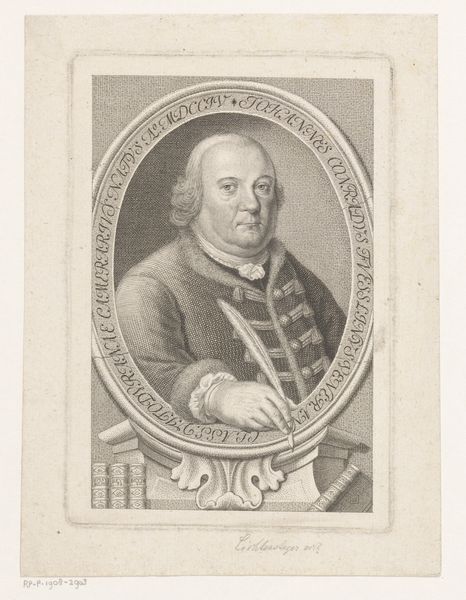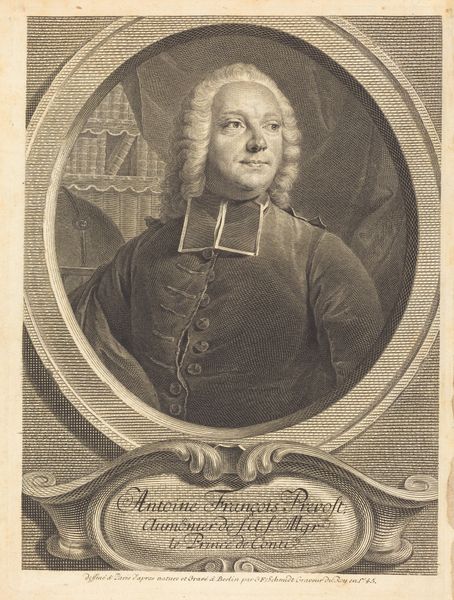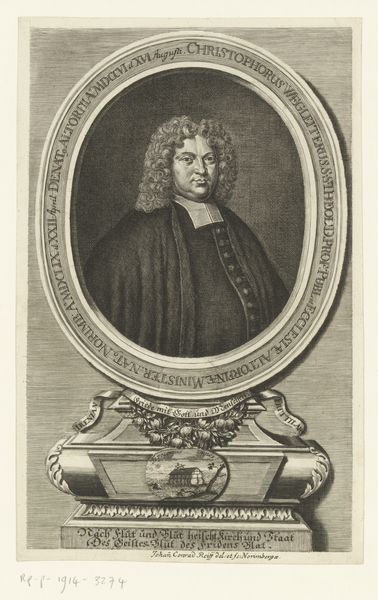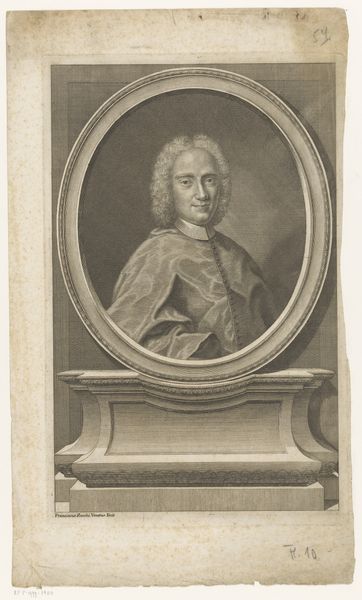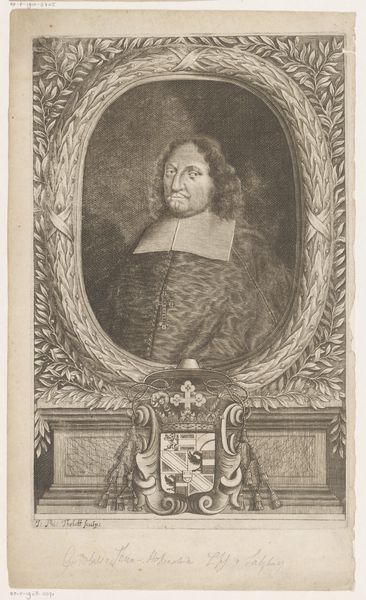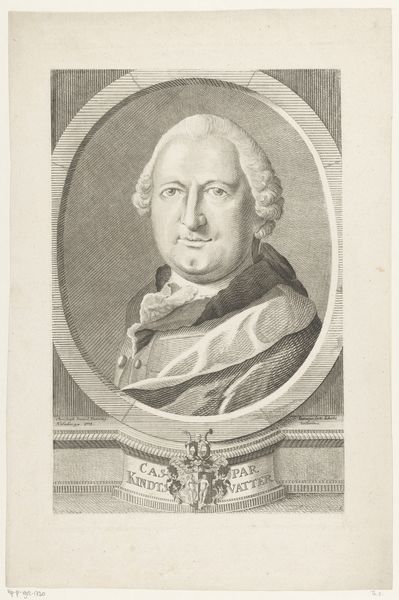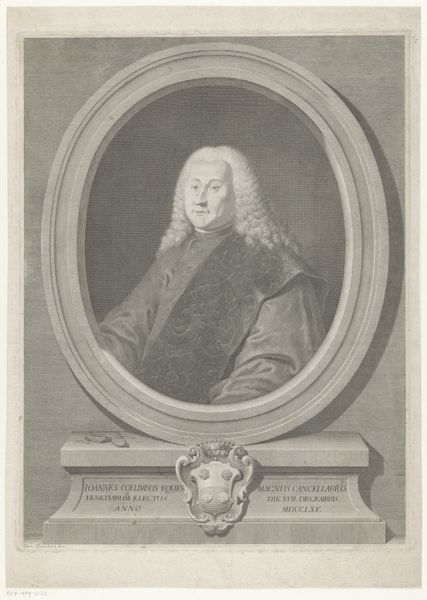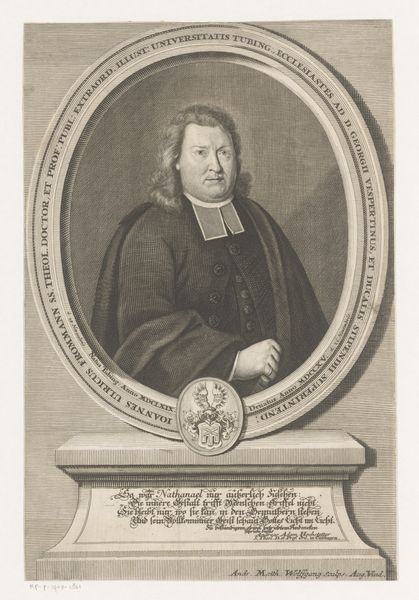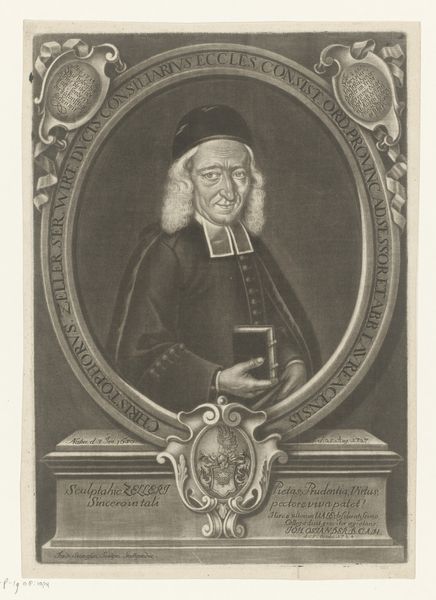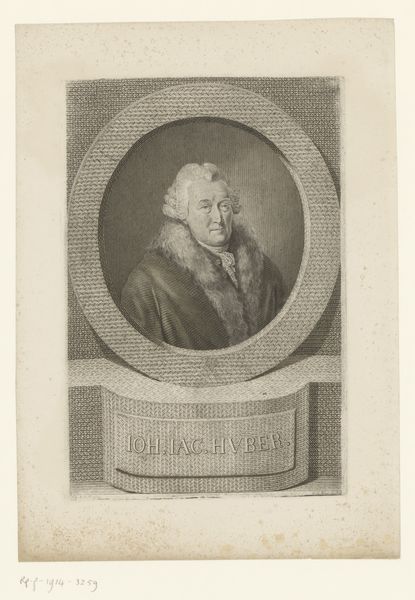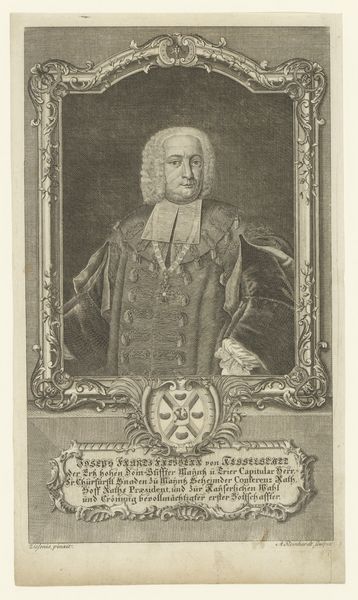
drawing, watercolor, ink
#
portrait
#
drawing
#
baroque
#
watercolor
#
ink
#
portrait drawing
#
watercolour illustration
#
watercolor
Copyright: Public Domain
This portrait of François Decker, likely made by Tako Hajo Jelgersma in the 1700s, employs pen and watercolor on paper, materials which lend themselves to fine detail and delicate washes of color. The choice of materials and techniques here has implications for how we read the work. Watercolor allowed for quick, precise work, suggesting the efficiency valued in commercial portraiture of the era. The linear quality, achieved through the use of pen, enabled the artist to capture Decker's likeness with clarity. Yet, the addition of watercolor softens the overall effect, imbuing the portrait with a sense of warmth, and giving it a handmade feel. The artist’s engagement with the work is visible in the careful hatching and blending of tones. This is not simply a representation of social status, but an assertion of skill and artistry. By considering the materials, we come to understand the portrait as more than just an image; it's a testament to the artist's craft, and a glimpse into the social dynamics of artistic production in 18th-century Netherlands.
Comments
No comments
Be the first to comment and join the conversation on the ultimate creative platform.
